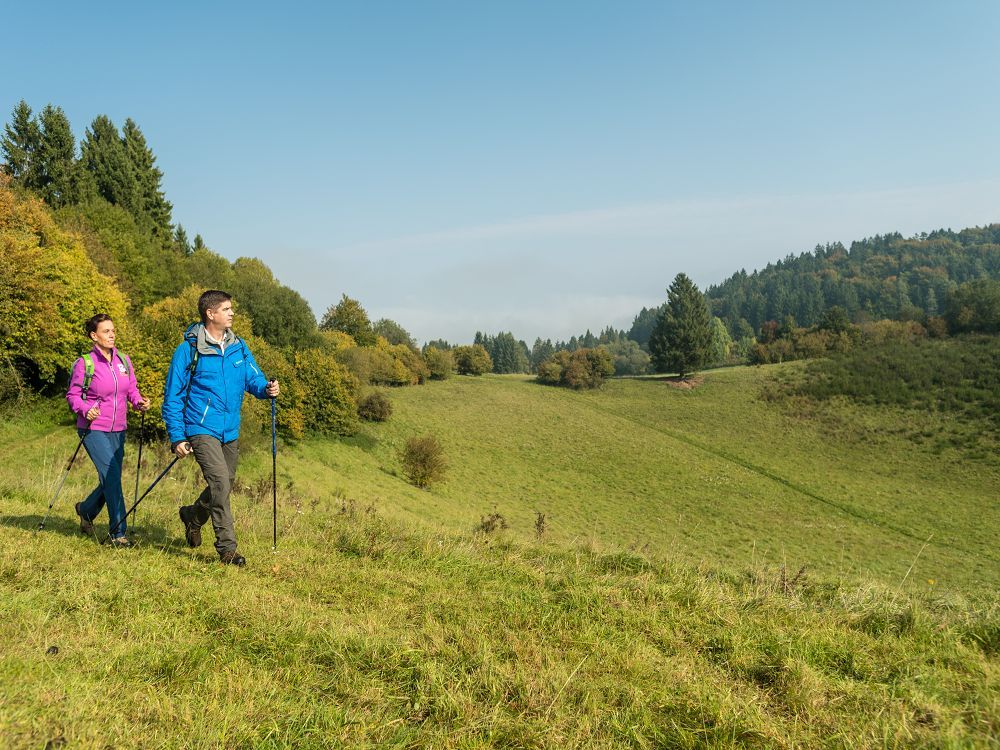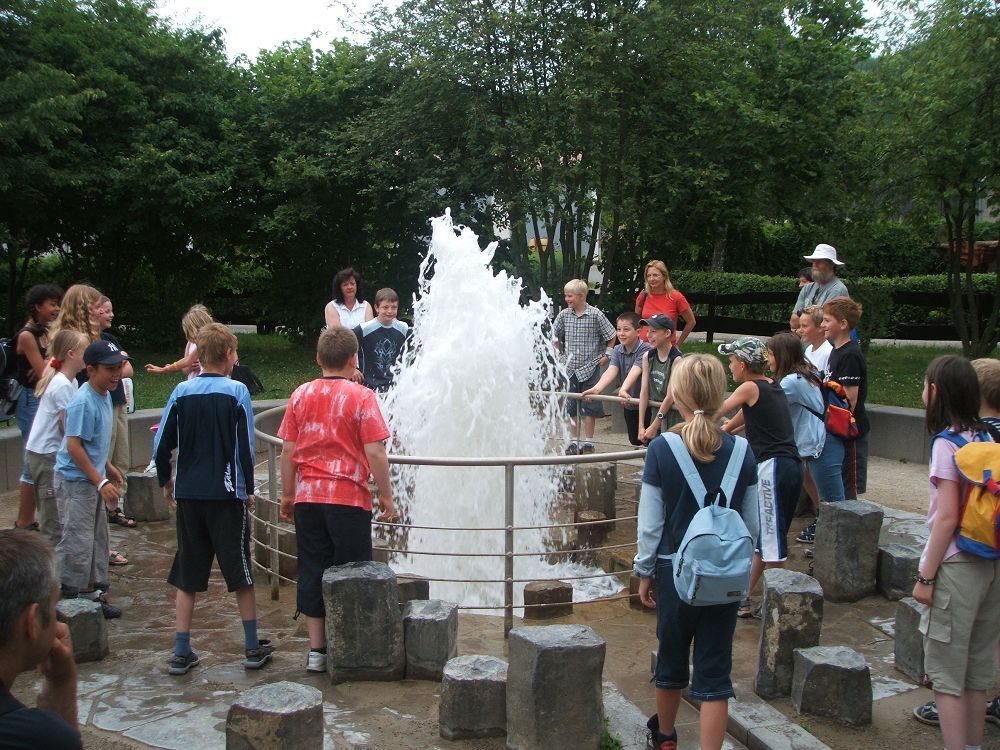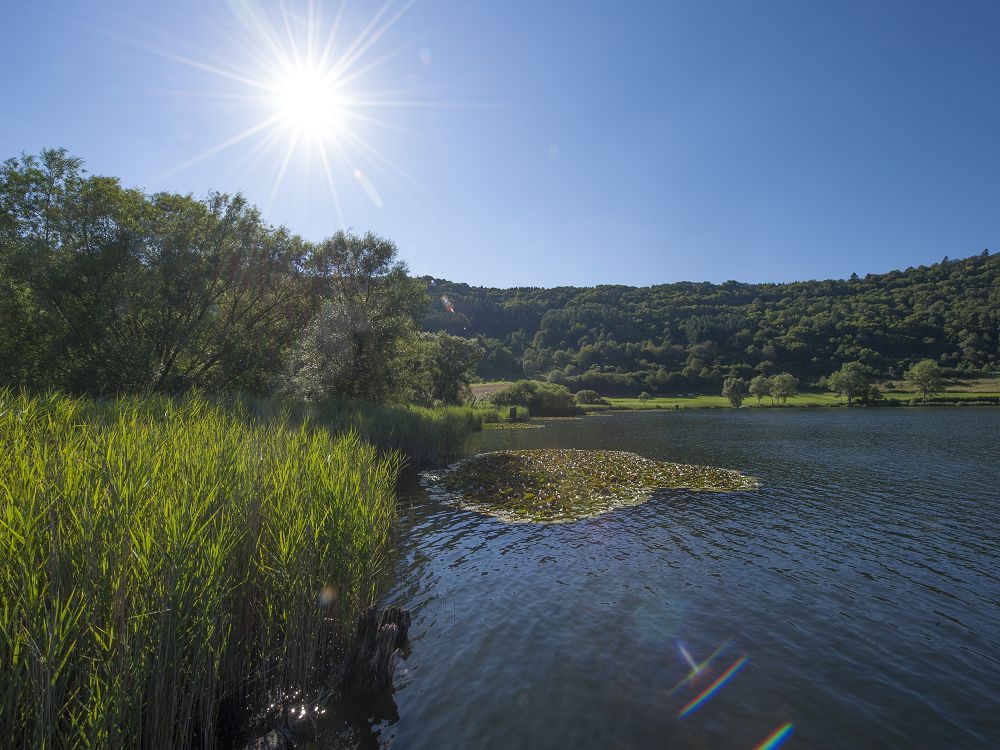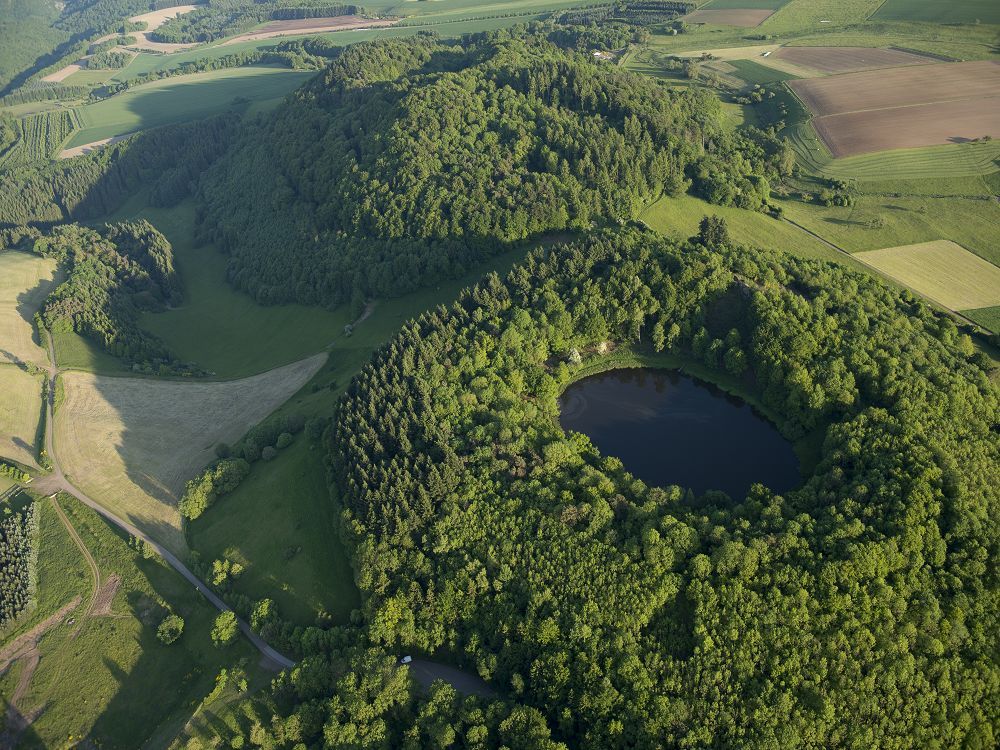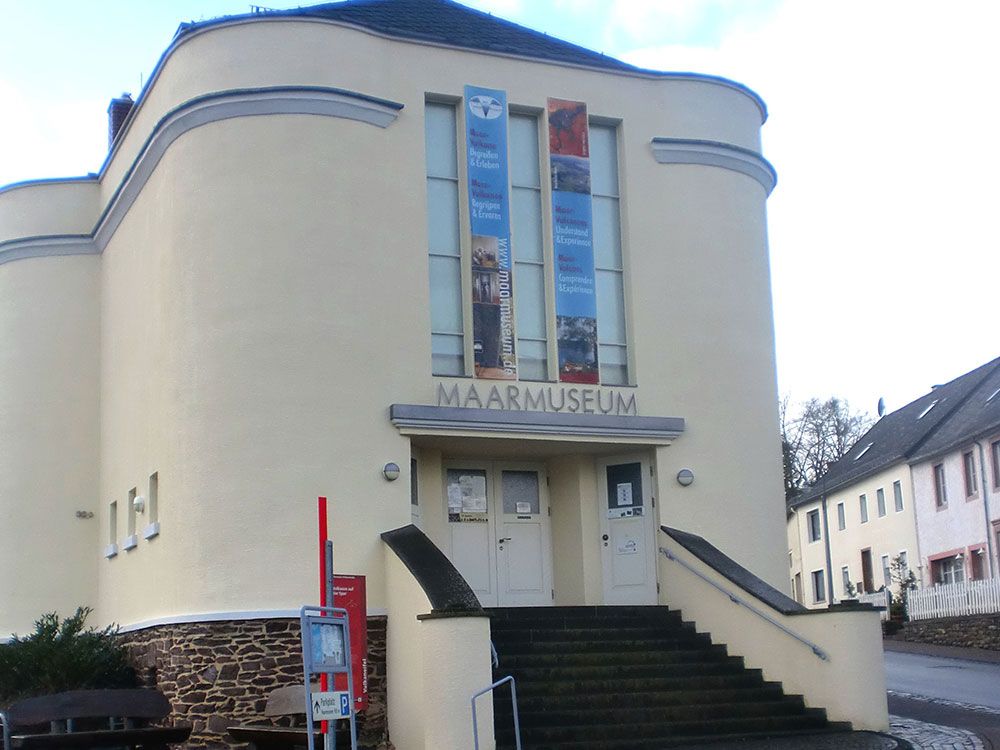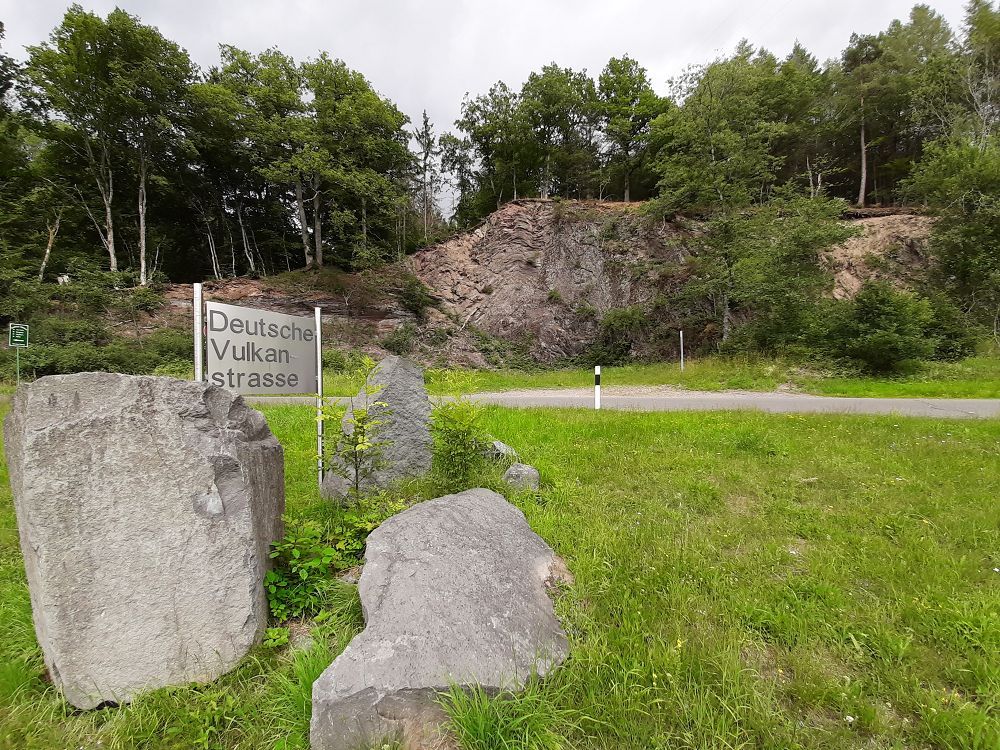32. Mühlsteinhöhle (Mill Stone Cave) Rother Kopf: Hard toil
32. Mühlsteinhöhle (Mill Stone Cave) Rother Kopf: Hard toil
A volcano erupts. Hot drops of lava are thrown out of the vent and fall onto other fragments of lava which have been spewed out during earlier eruptions. All the many lava fragments melt together and cool down. This is how the basaltic cinders which were exploited thousands of years later, came into being. The porous rock is full of little holes and is ideal for use as millstones, because the constant abrasion continually opens up new pores, so that the millstone remains sharp. Extraction here at the Rother Kopf began in the 13th century. With the tools available at that time it was not an easy task.
The workers usually had to hew the millstones out of the rockface above head height. A deeper and deeper groove was made all around what was to become the millstone. When the stone was eventually only connected to the rockface by small 'bridges', wooden wedges were pushed into the groove. When soaked with water, these wedges swelled, so that the 'bridges' broke and the millstone fell away from the wall.
Our tip: You may visit the caves at your own risk. Please be sure to take a strong torch (flashlight) and watch out for overhanging rocks at head height.
 English (UK)
English (UK)  Deutsch
Deutsch -bf4d0ba3.jpeg)

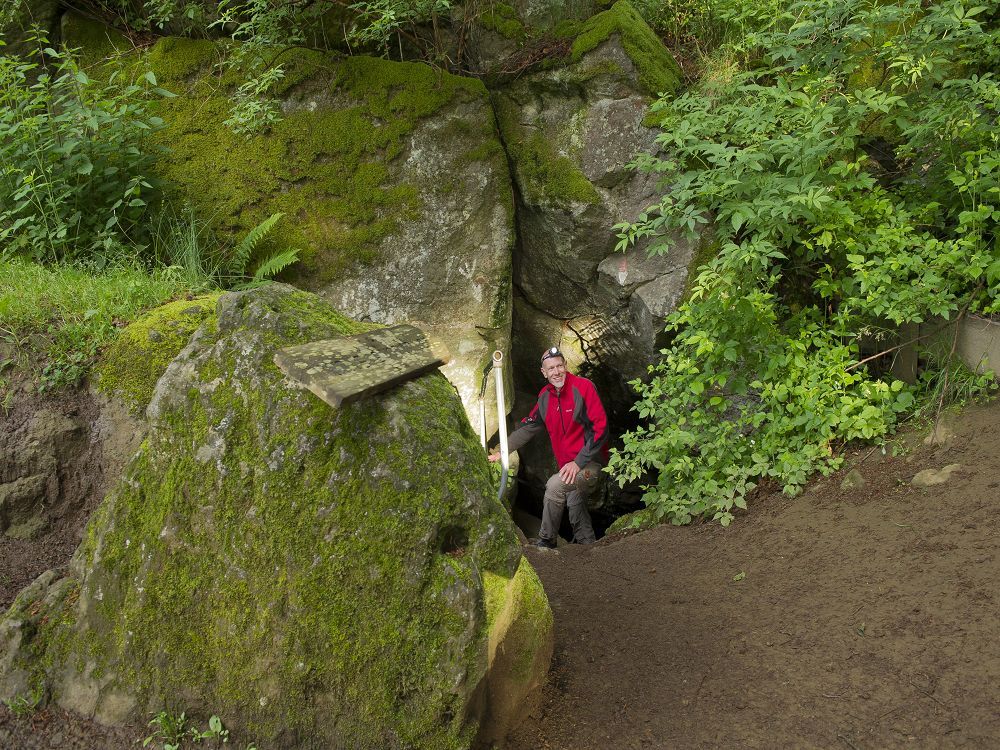
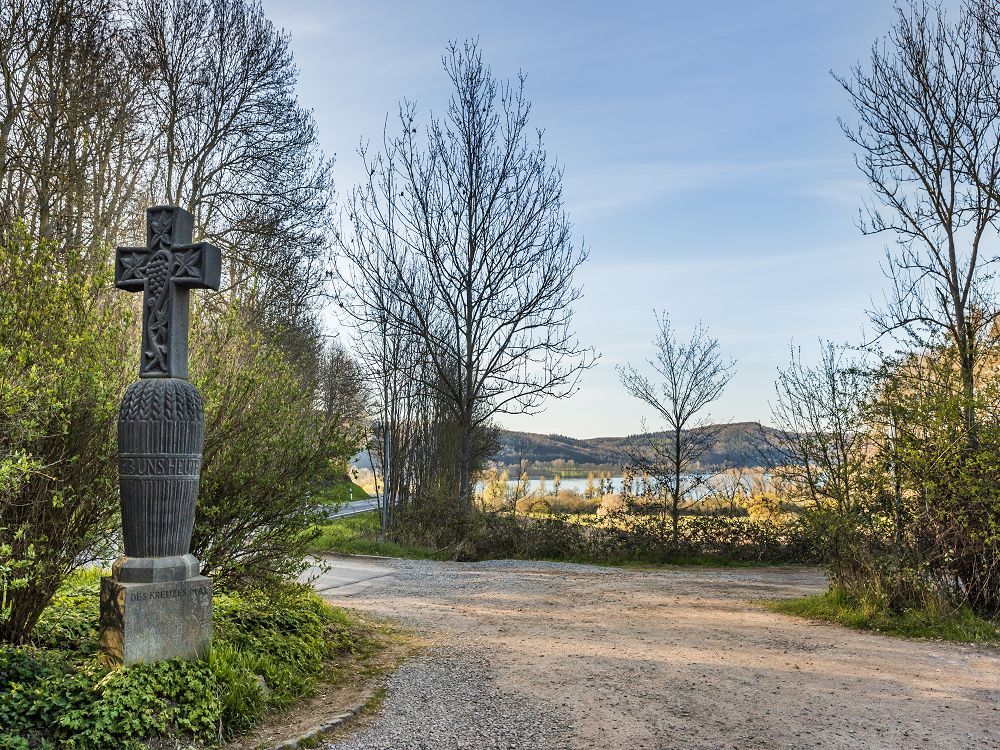

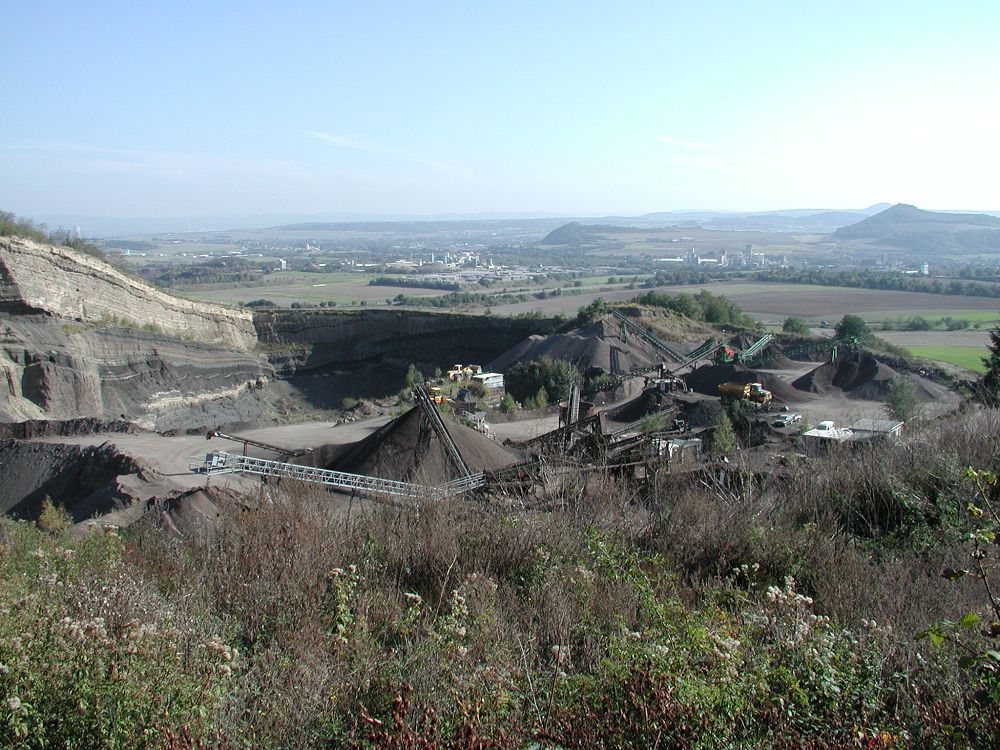
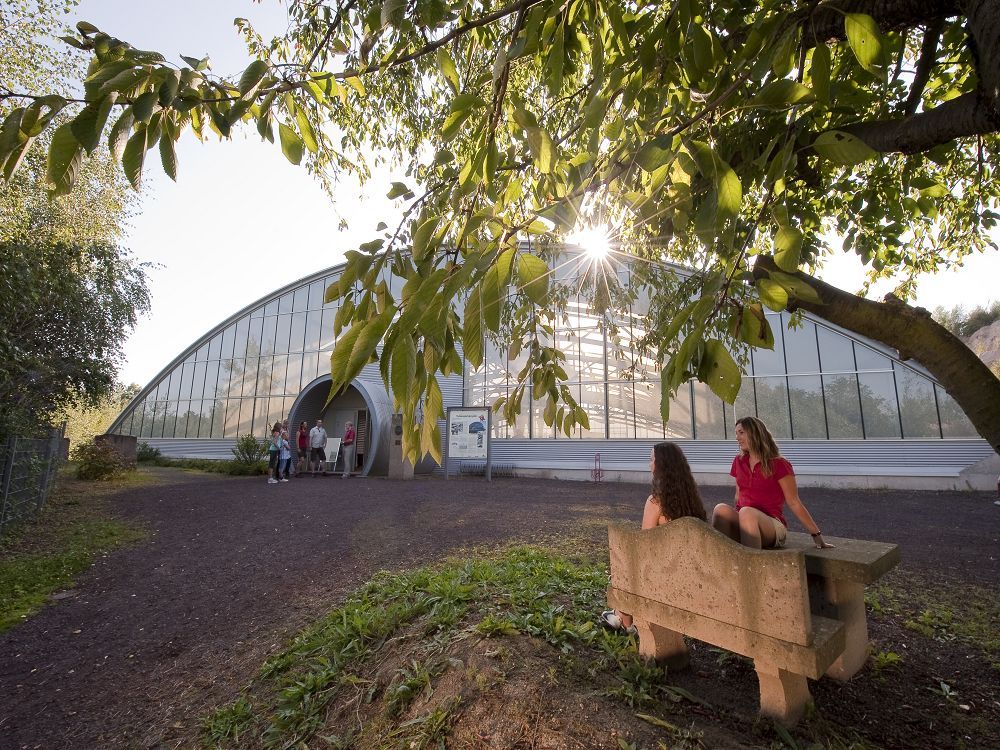
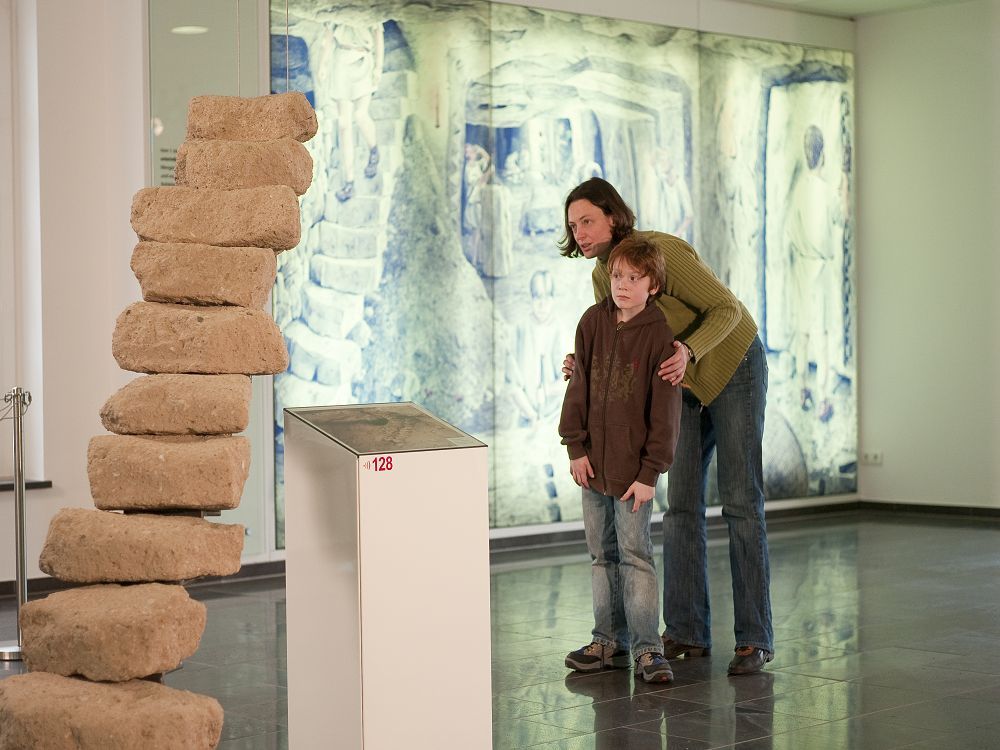
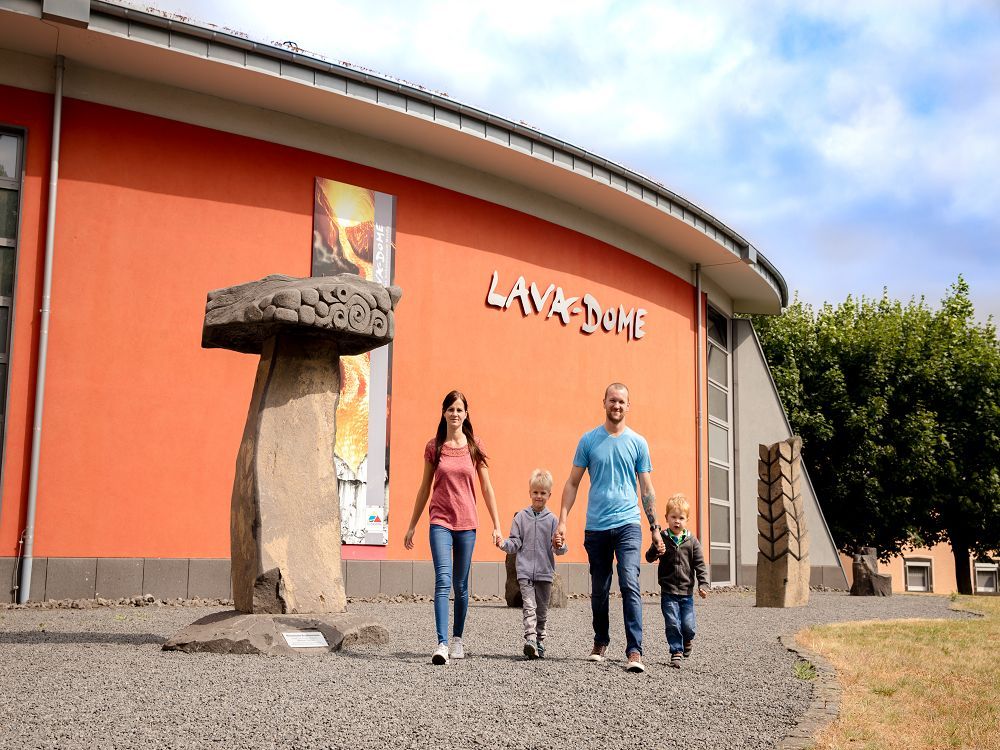
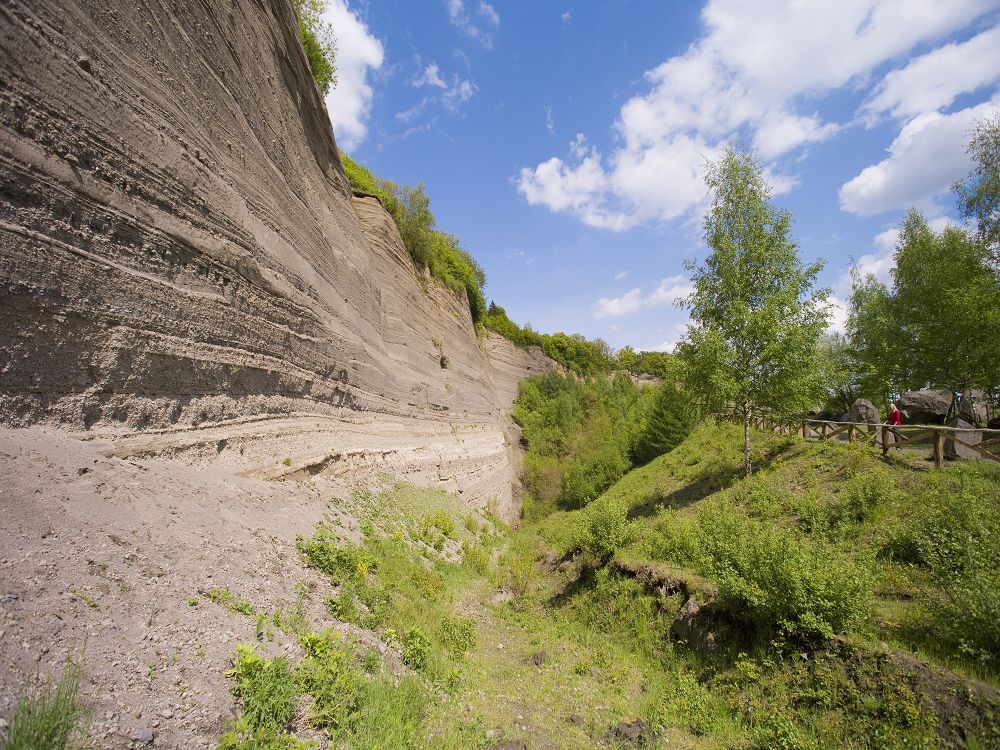
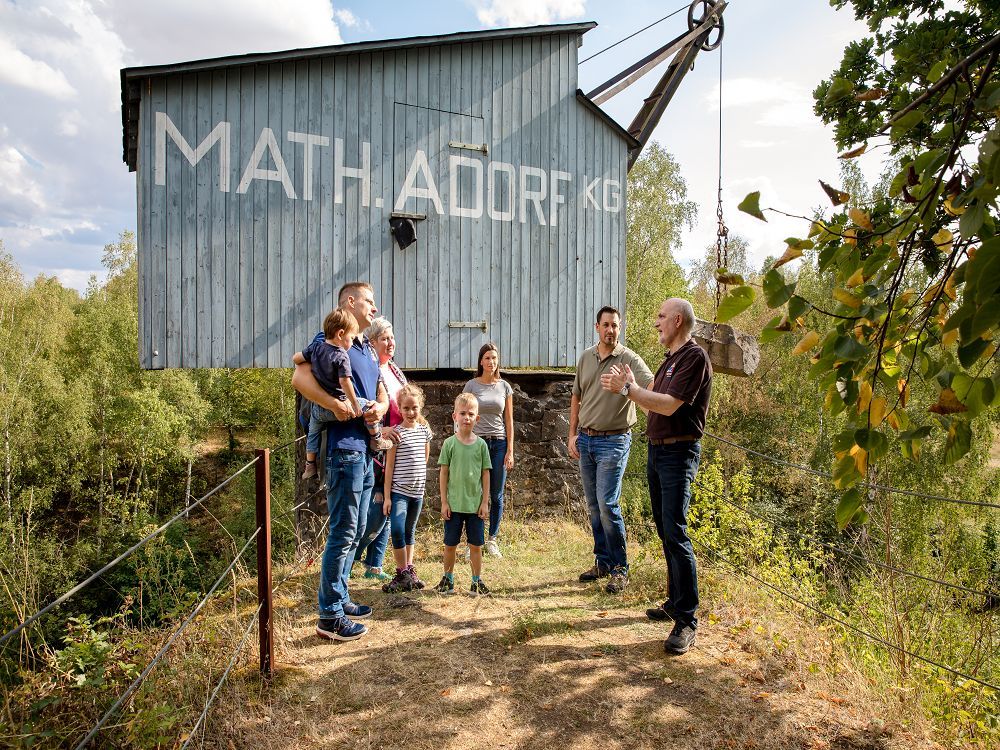
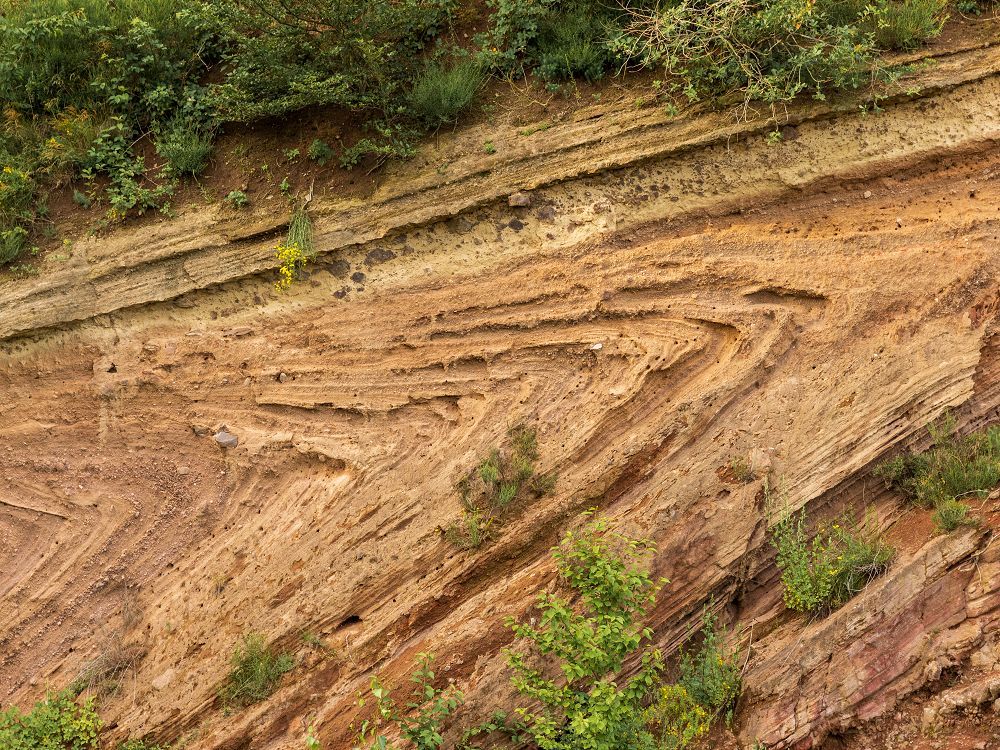
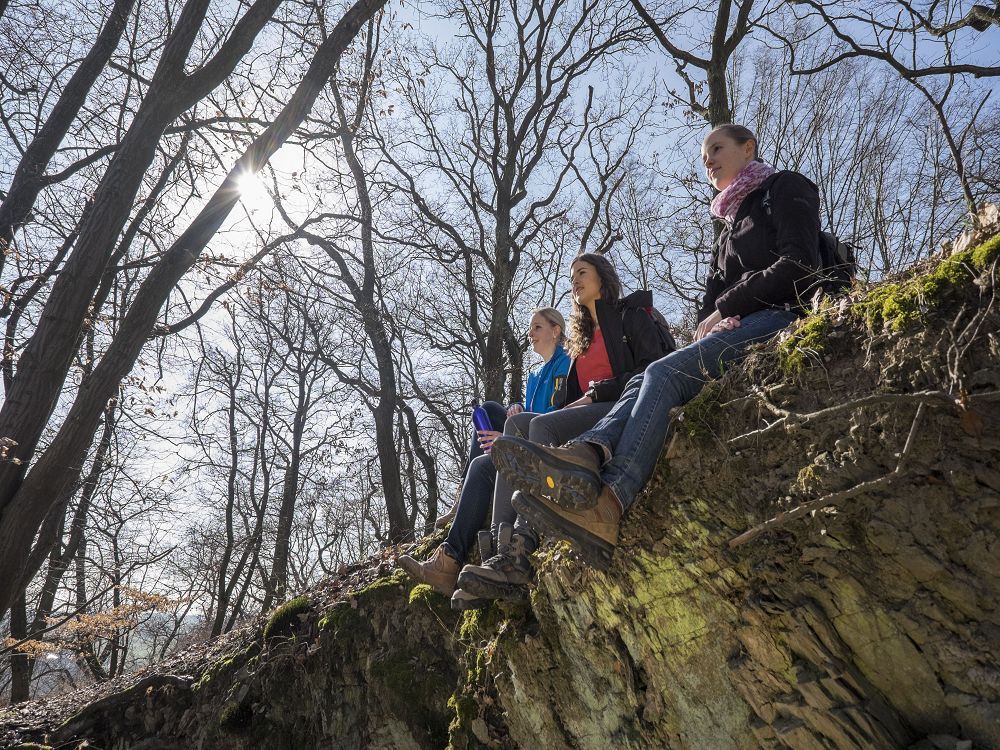
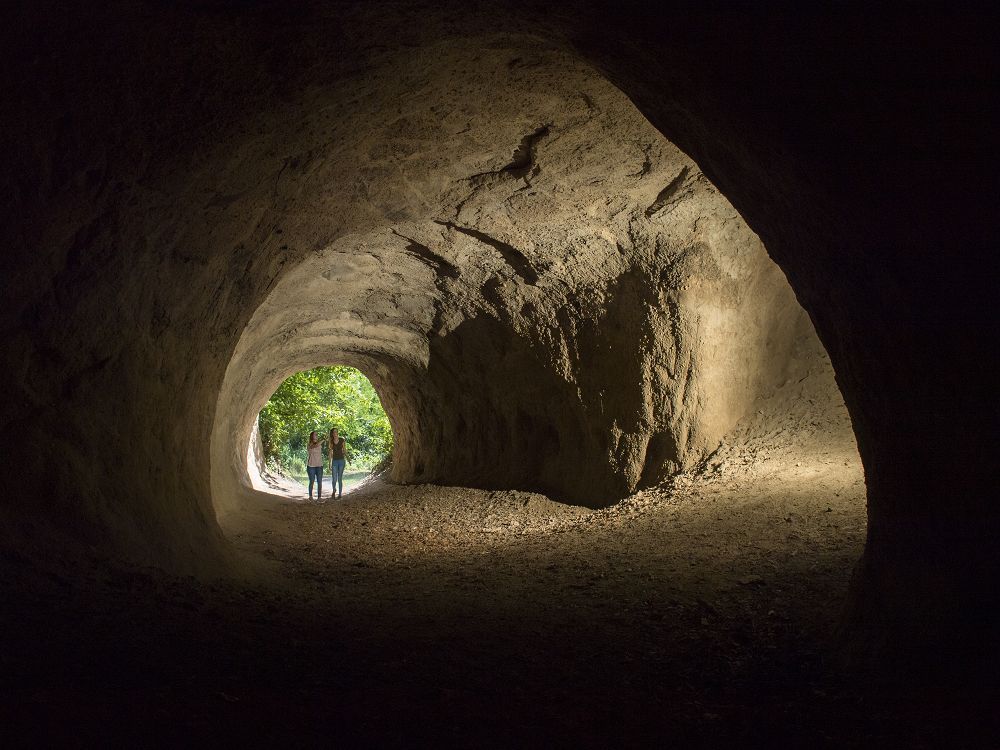
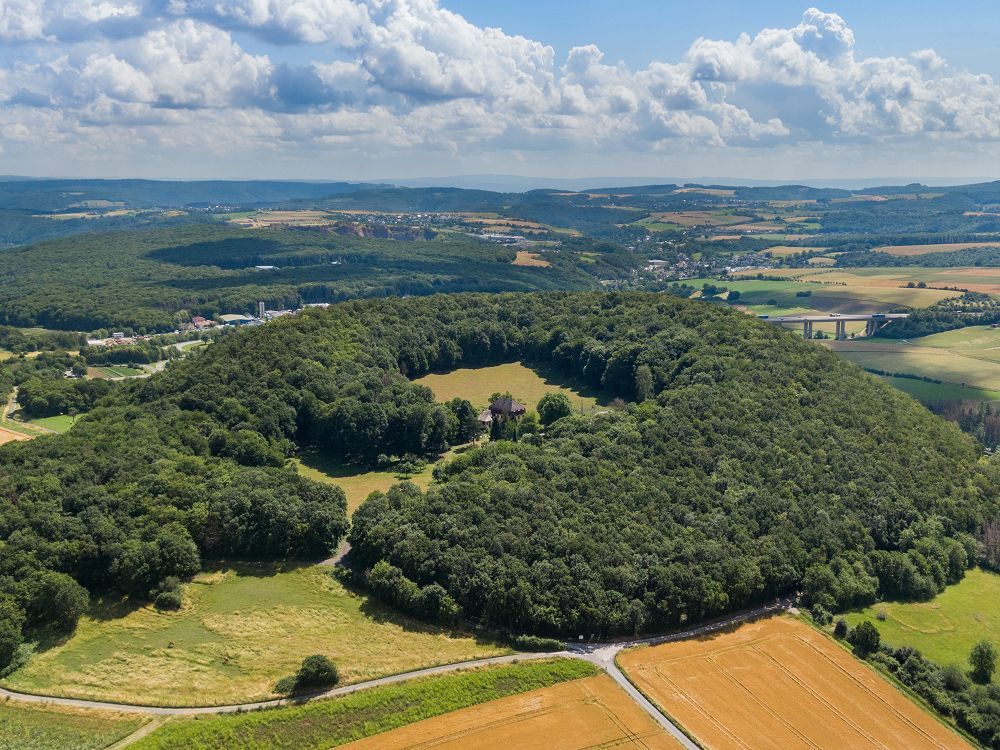

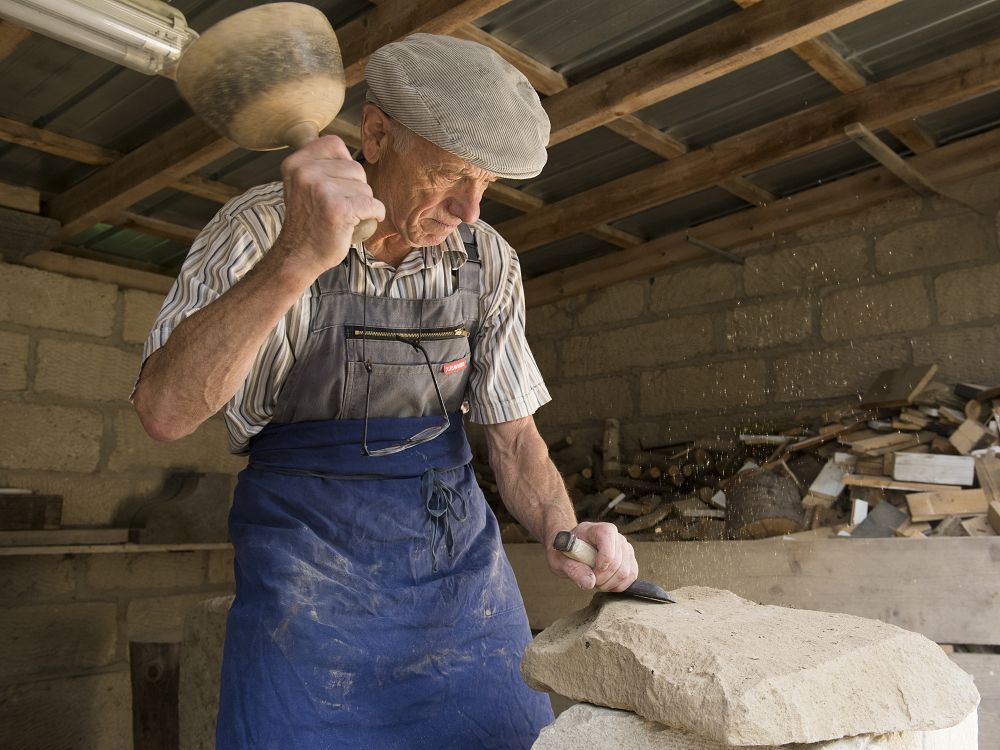
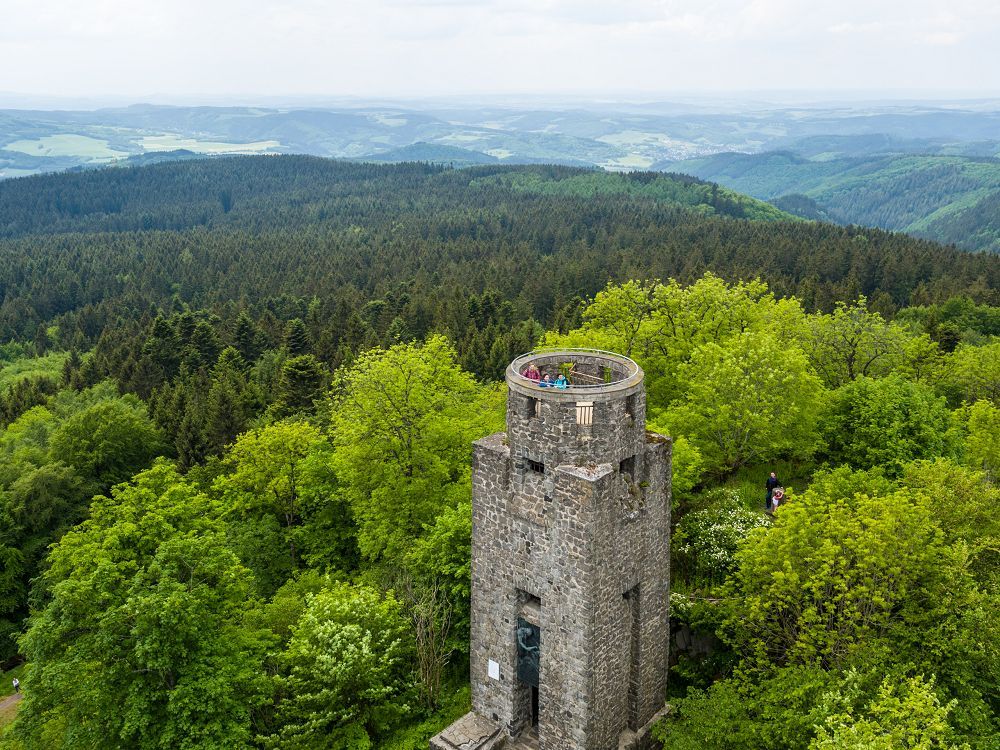
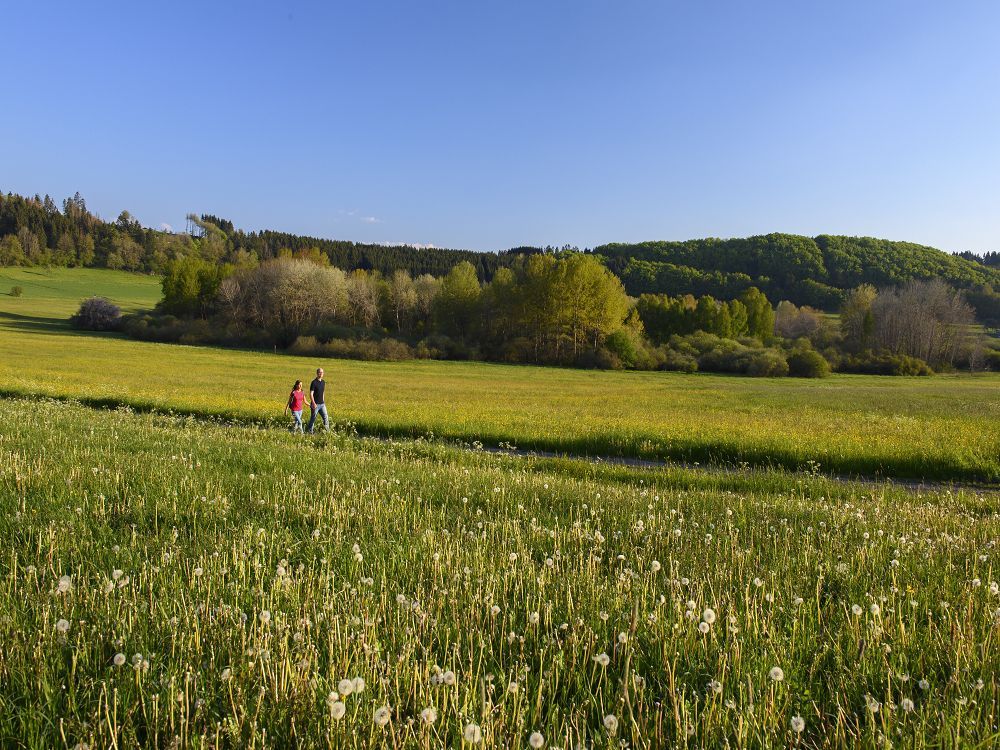
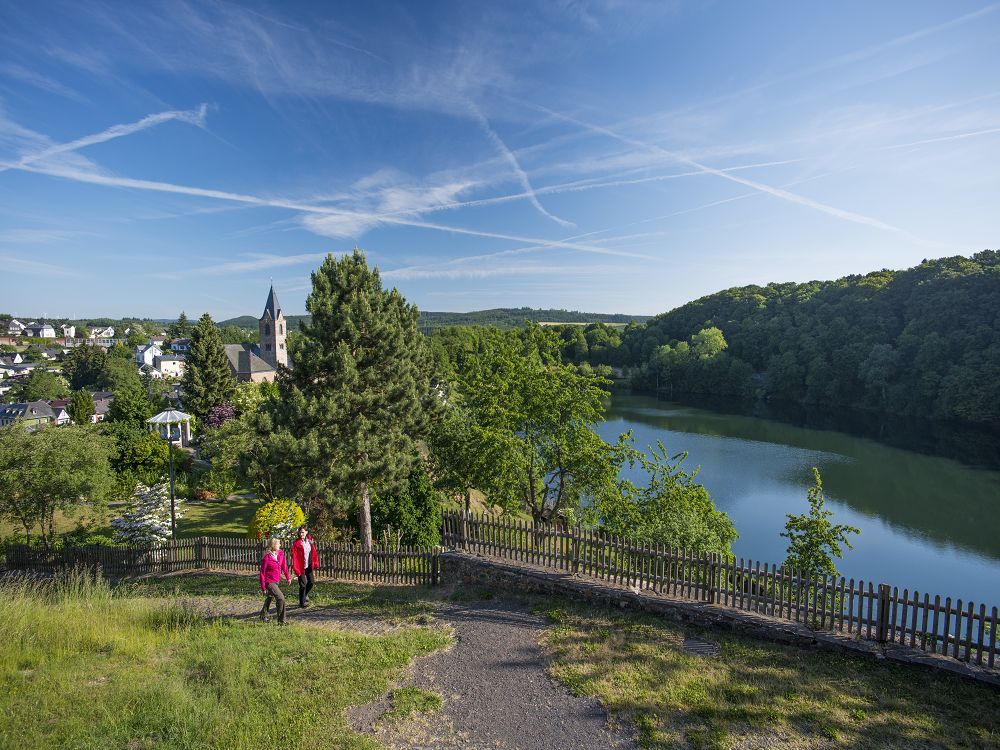
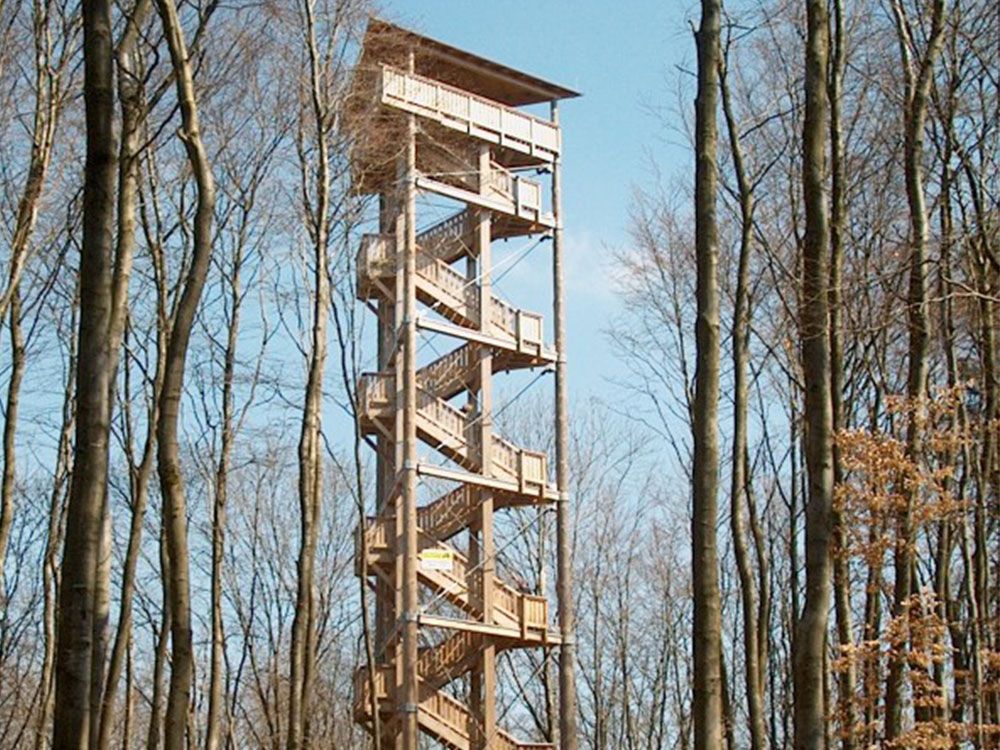
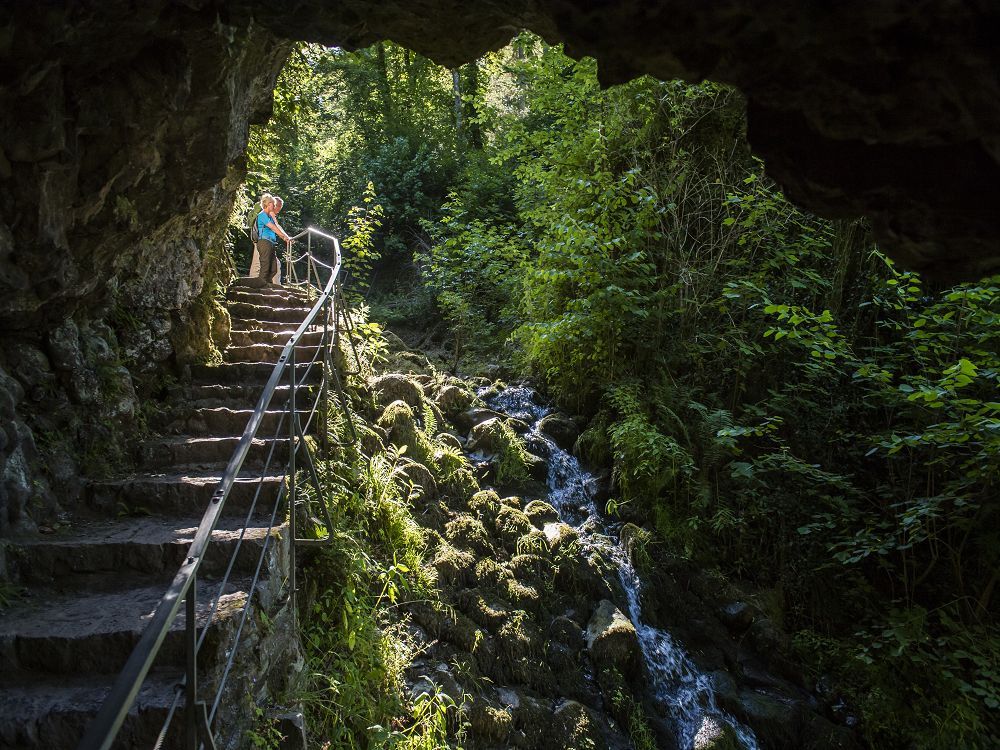
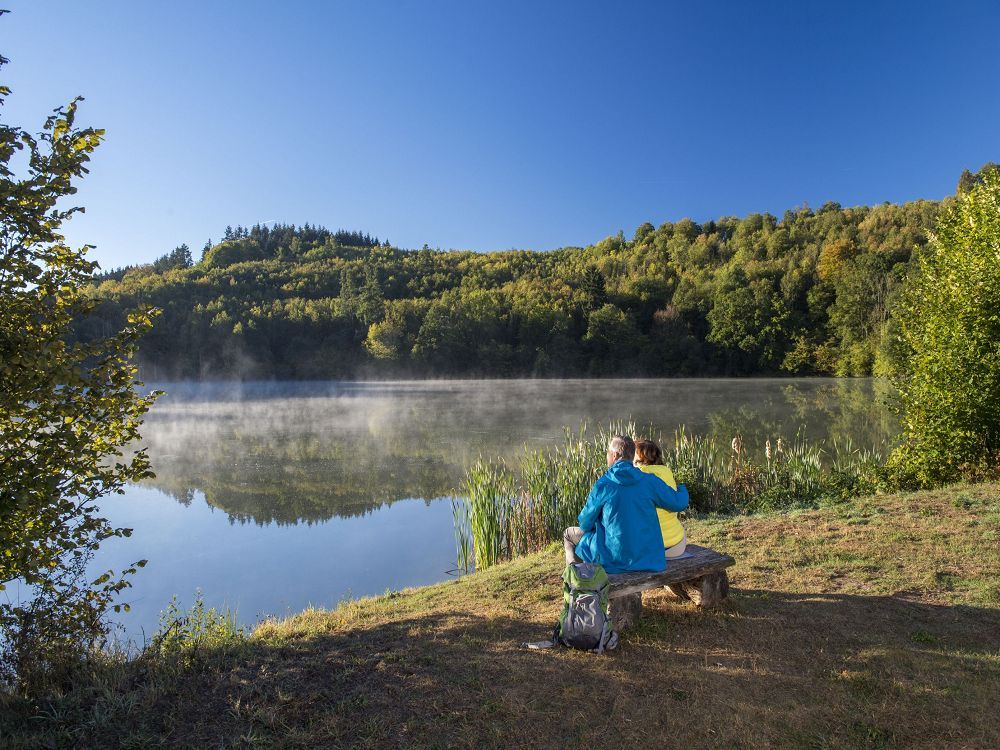
-df08adc9.jpeg)
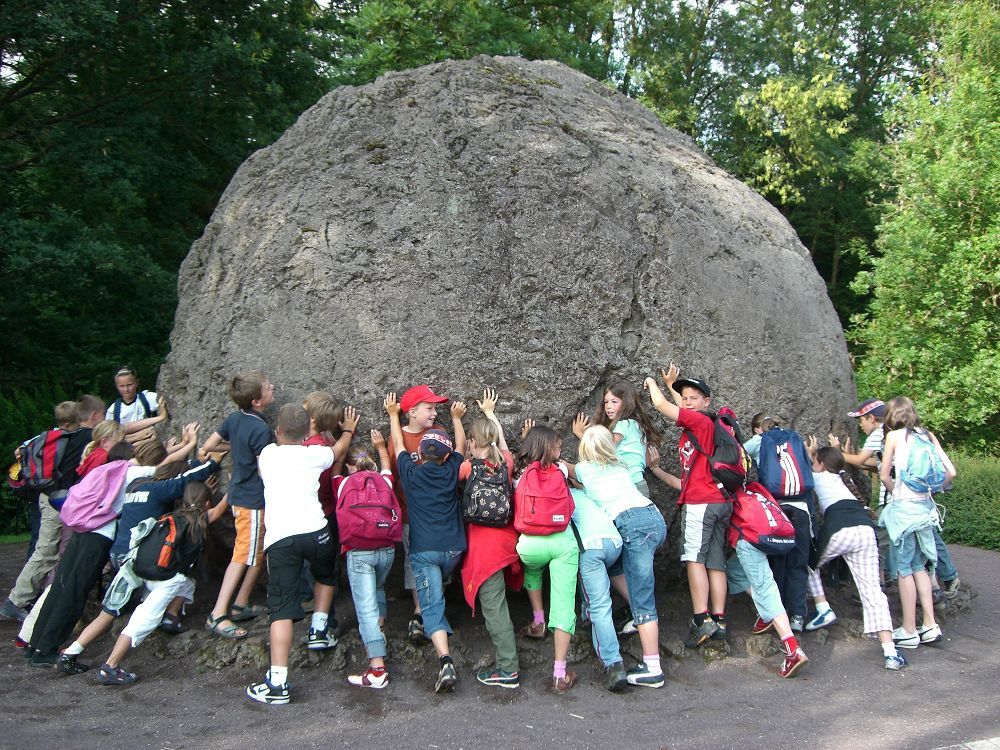
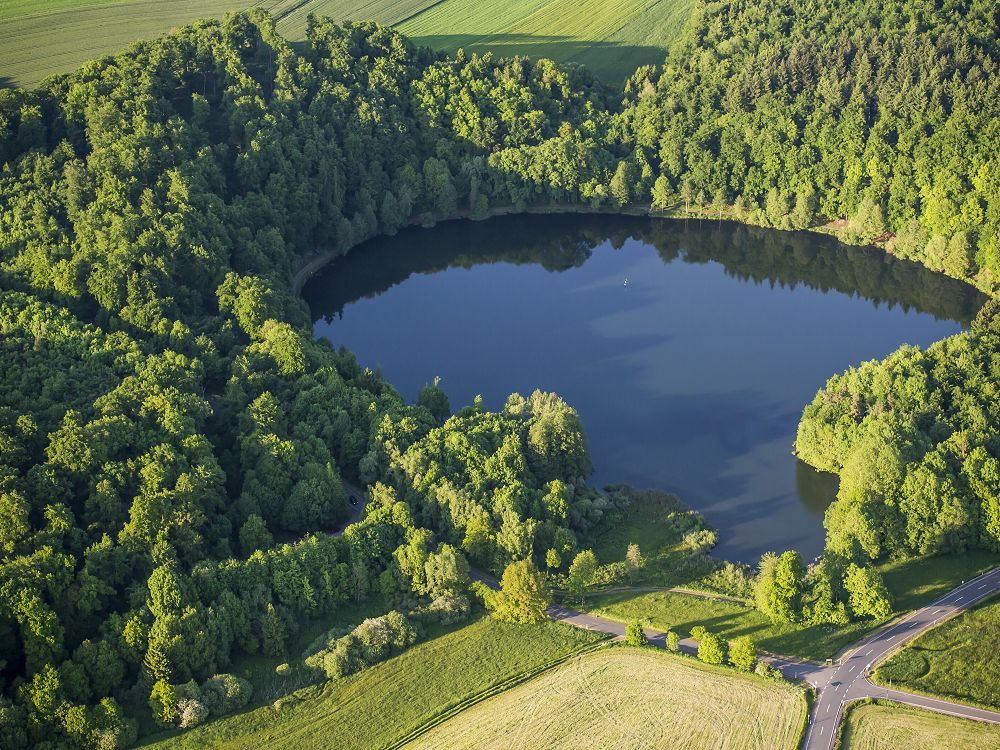
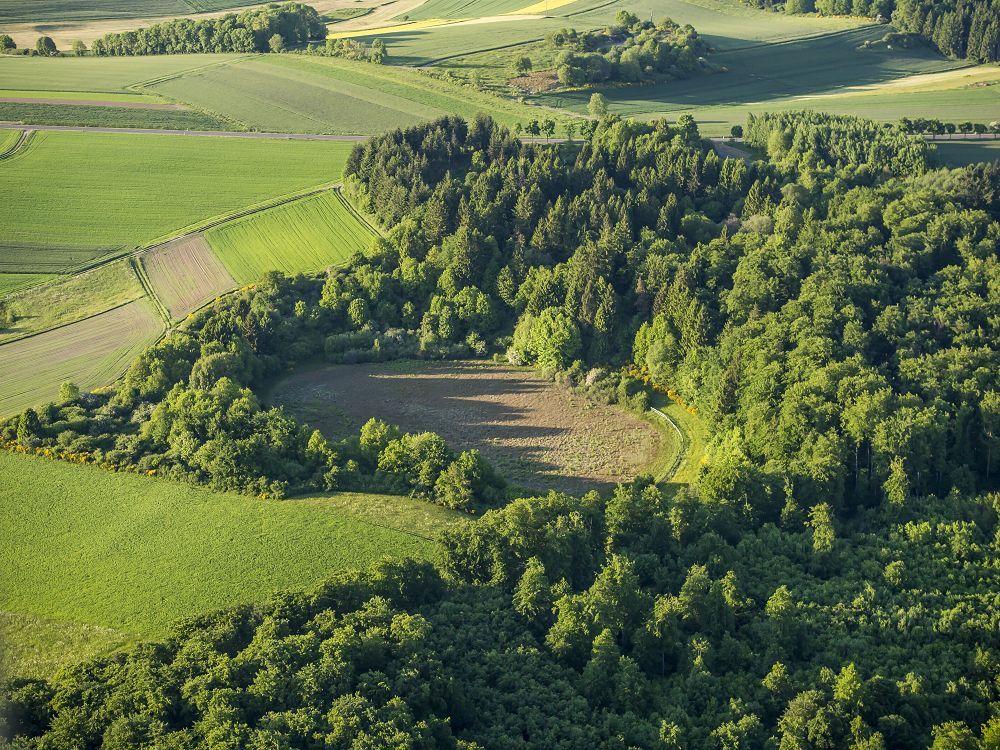
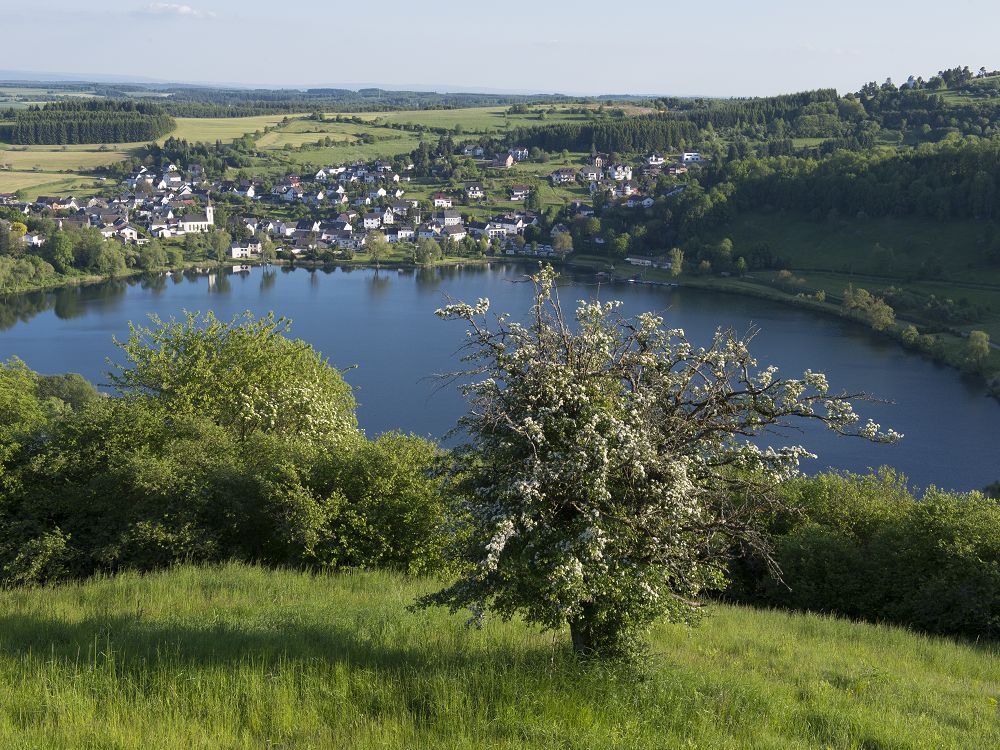
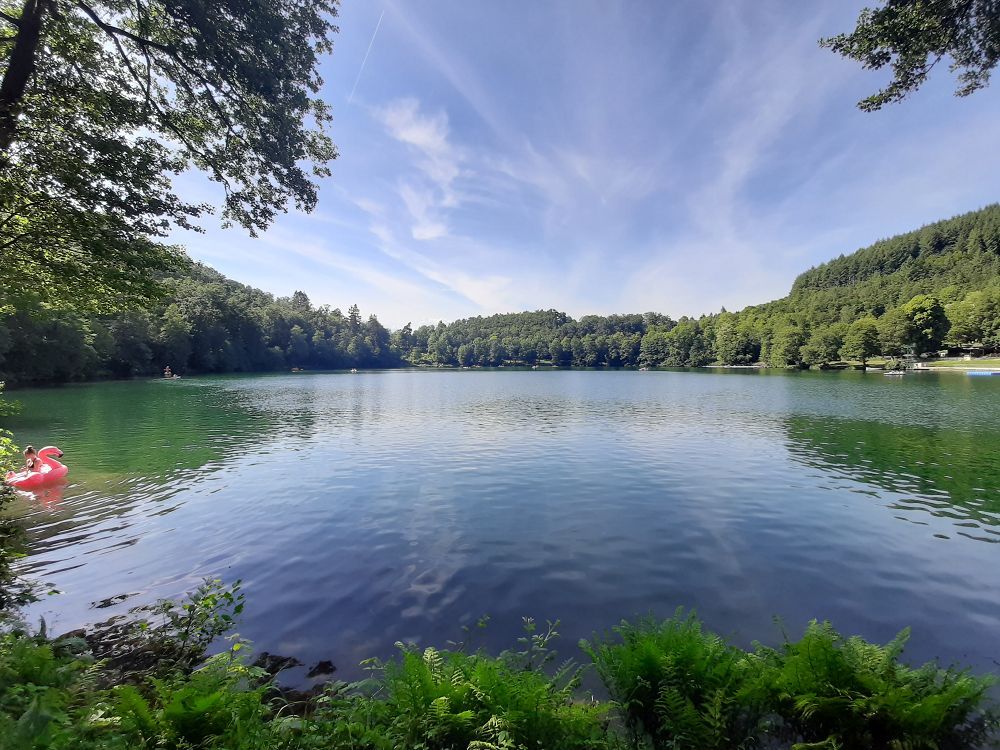
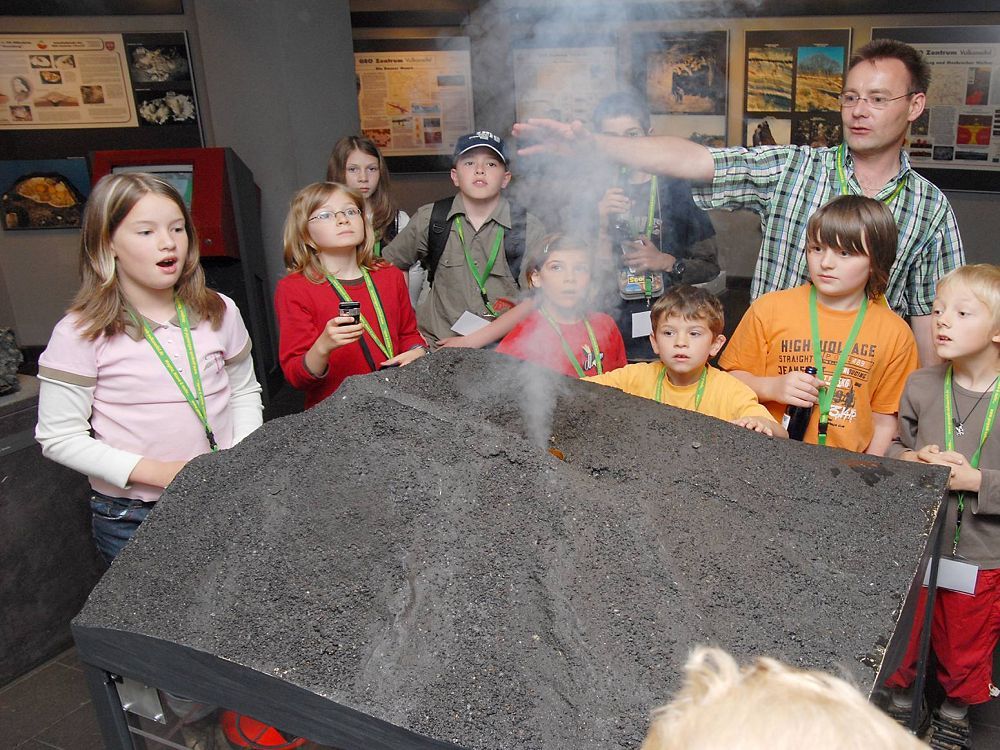
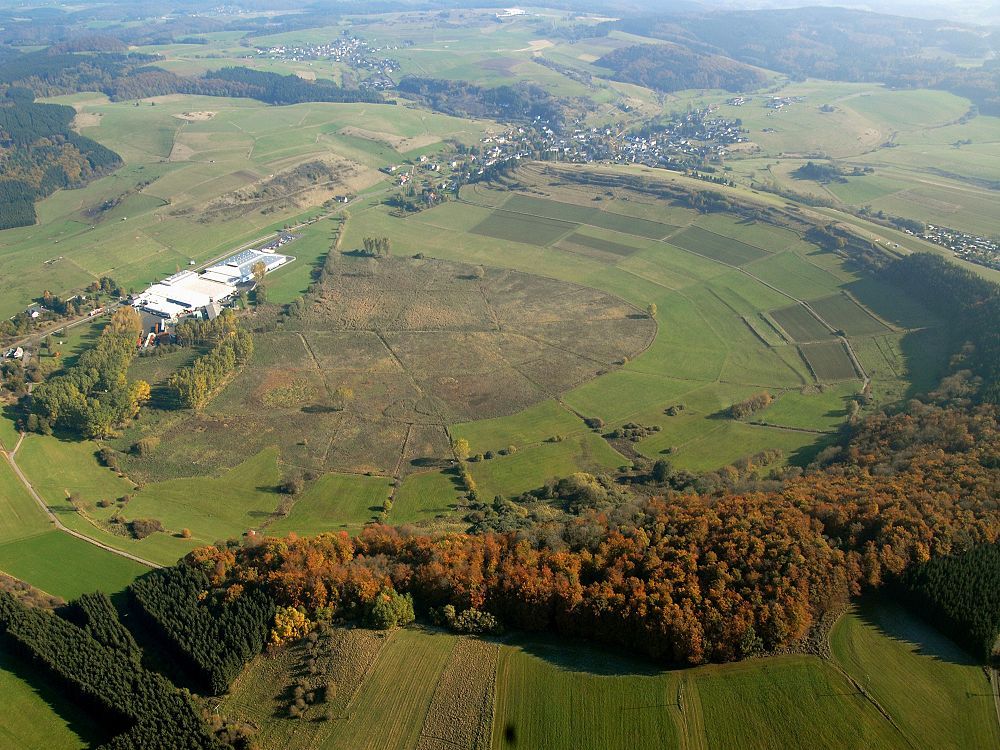
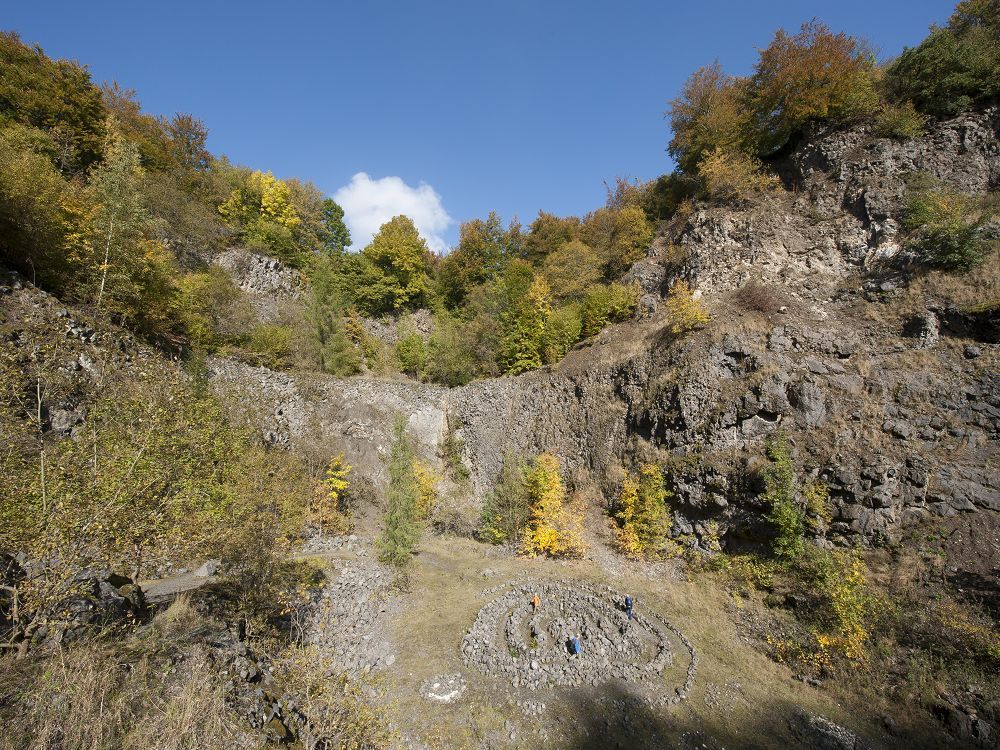
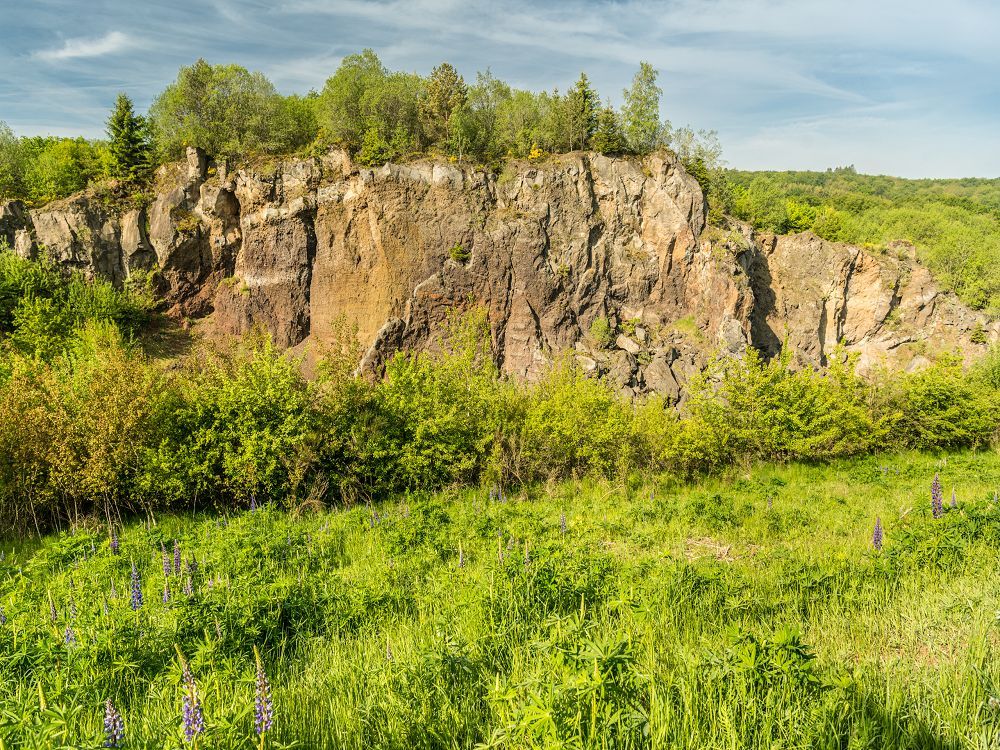
-a6d4c6f8.jpeg)
